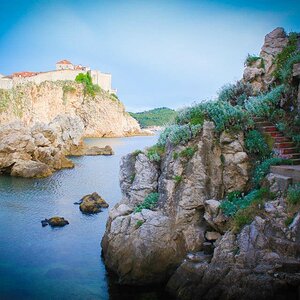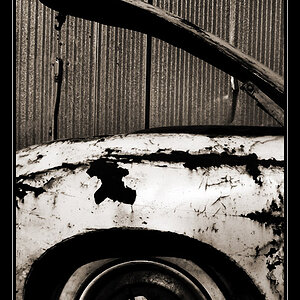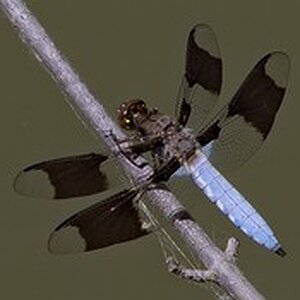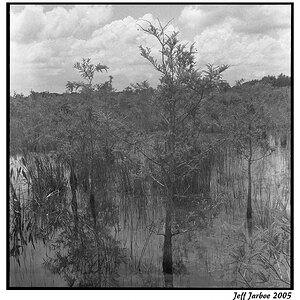Albino_Pikachu
TPF Noob!
- Joined
- Jun 26, 2017
- Messages
- 4
- Reaction score
- 0
I'm new to this forum so I apologize if this isn't posted in the right section.
I've got the opportunity to use the Canon 85mm F1.2 during an up coming beach trip. I'll mainly be using it for night shots, however while I've got it I'd like to use it during the day as well. Now obviously I'd be fine using it during the day if I just stop it down, but the whole point of the lens is to use it at F1.2. I'm wondering if my B+W CPL will cut out enough light for me to use it at F1.2 during the day? Or do you think I'd need to get some sort of ND filter whether that be 2, 3, or 4 stops to make it usable at that aperture?
I'll be shooting with my Canon 80D which can go to 1/8000, however I don't know if that will be fast enough with just the CPL.
The fastest lens I own is the Tokina 11-16 which is F2.8. Now I just tested that lens and without the CPL it just shot an average of 1/4100 sec. With the CPL it did an average of 1/1500. However I know the beach is a much brighter place and that might not cut it down enough on a lens shooting at 1.2.
Any thoughts or advice (other than I should just stop it down and avoid the issue all together) would be greatly appreciated. Thanks
I've got the opportunity to use the Canon 85mm F1.2 during an up coming beach trip. I'll mainly be using it for night shots, however while I've got it I'd like to use it during the day as well. Now obviously I'd be fine using it during the day if I just stop it down, but the whole point of the lens is to use it at F1.2. I'm wondering if my B+W CPL will cut out enough light for me to use it at F1.2 during the day? Or do you think I'd need to get some sort of ND filter whether that be 2, 3, or 4 stops to make it usable at that aperture?
I'll be shooting with my Canon 80D which can go to 1/8000, however I don't know if that will be fast enough with just the CPL.
The fastest lens I own is the Tokina 11-16 which is F2.8. Now I just tested that lens and without the CPL it just shot an average of 1/4100 sec. With the CPL it did an average of 1/1500. However I know the beach is a much brighter place and that might not cut it down enough on a lens shooting at 1.2.
Any thoughts or advice (other than I should just stop it down and avoid the issue all together) would be greatly appreciated. Thanks




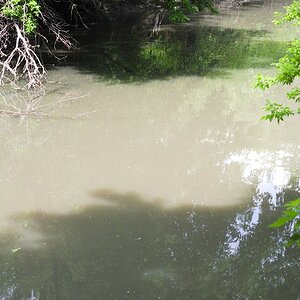
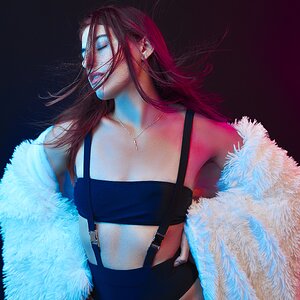
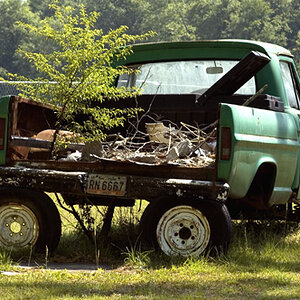
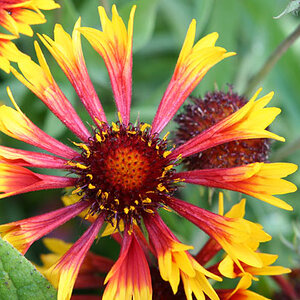
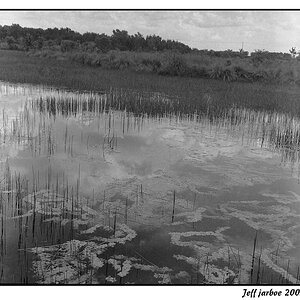
![[No title]](/data/xfmg/thumbnail/42/42267-2fff585000110a96fd9ac3ff09cceb95.jpg?1619740076)
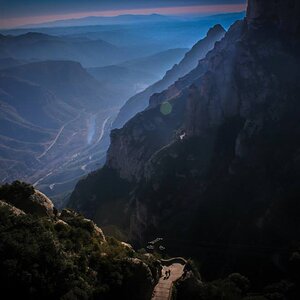
![[No title]](/data/xfmg/thumbnail/37/37605-90c8efaef5b7d1f52d4bf8e7dfd33673.jpg?1619738148)
